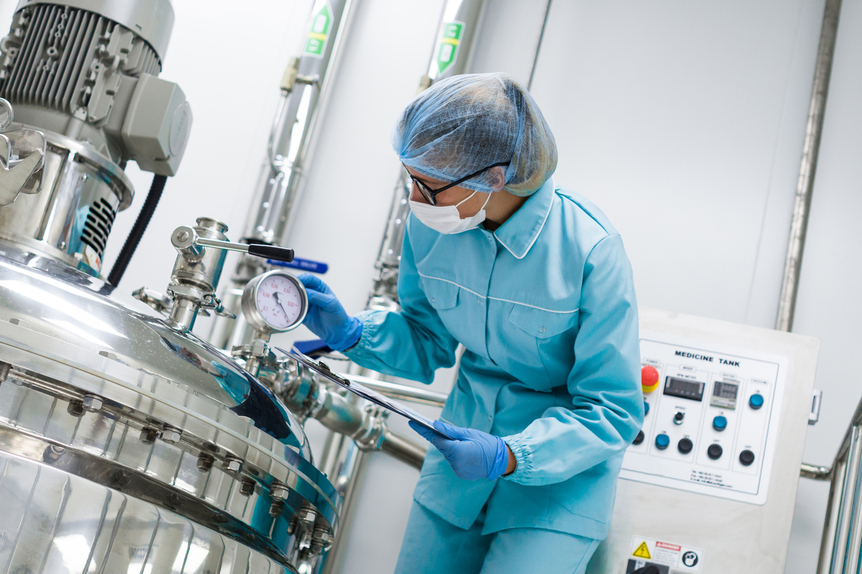ISO 9001 Certification stands as a globally acknowledged benchmark for quality management systems across industries. It can be applied to various industries, including medical laboratories. ISO 9001 certification for a medical laboratory indicates that the laboratory has established and maintains a quality management system that meets the requirements of the ISO 9001 standard. This certification is a way to demonstrate the laboratory’s commitment to providing high-quality services, ensuring patient safety, and continuously improving its processes.
Here’s how you can go about obtaining ISO 9001 certification for a medical laboratory:
- Understand the Standard: Familiarize yourself with the ISO 9001 standard and its requirements. ISO 9001 outlines the key principles of quality management, including customer focus, process approach, continual improvement, and more. You can acquire the standard from the International Organization for Standardization (ISO).
- Establish a Quality Management System (QMS): Design and implement a quality management system that complies with the ISO 9001 requirements for a medical laboratory. This involves creating and documenting processes, procedures, and policies that ensure quality control and continuous improvement within the laboratory.
- Training and Awareness: Ensure that all laboratory staff are aware of the QMS and are trained to follow its processes. Training should cover quality policies, procedures, and the role each employee plays in maintaining the QMS.
- Internal Audits: Conduct internal audits to evaluate the effectiveness of the QMS. This is typically done by trained internal auditors within the laboratory. The purpose is to identify areas for improvement and ensure compliance with ISO 9001 requirements for medical laboratories.
- Corrective and Preventive Actions: Address any non-conformities or issues identified during internal audits. Implement corrective and preventive actions to resolve these issues and prevent their recurrence.
- Document Control: Implement a document control system to manage and update all documents related to the QMS. This includes policies, procedures, work instructions, and records.
- Management Review: Periodically review the QMS at a management level to assess its performance, effectiveness, and suitability. This review should be documented.
- Certification Audit: Select an accredited certification body to perform an external audit of your laboratory’s QMS. This audit is conducted to determine if your QMS complies with ISO 9001 requirements.
- Corrective Actions (if necessary): Address any non-conformities or areas for improvement identified during the certification audit.
- Certification: If your laboratory successfully passes the certification audit, you will receive ISO 9001 certification, indicating that your QMS complies with the standard.
- Continuous Improvement: After certification, continue to monitor and improve your QMS. Regularly review the system, gather feedback, and make necessary adjustments to maintain and enhance its effectiveness.
ISO 9001 certification for a medical laboratory is not a one-time achievement but an ongoing commitment to quality and process improvement. It can help a medical laboratory deliver reliable and high-quality services while ensuring regulatory compliance.

